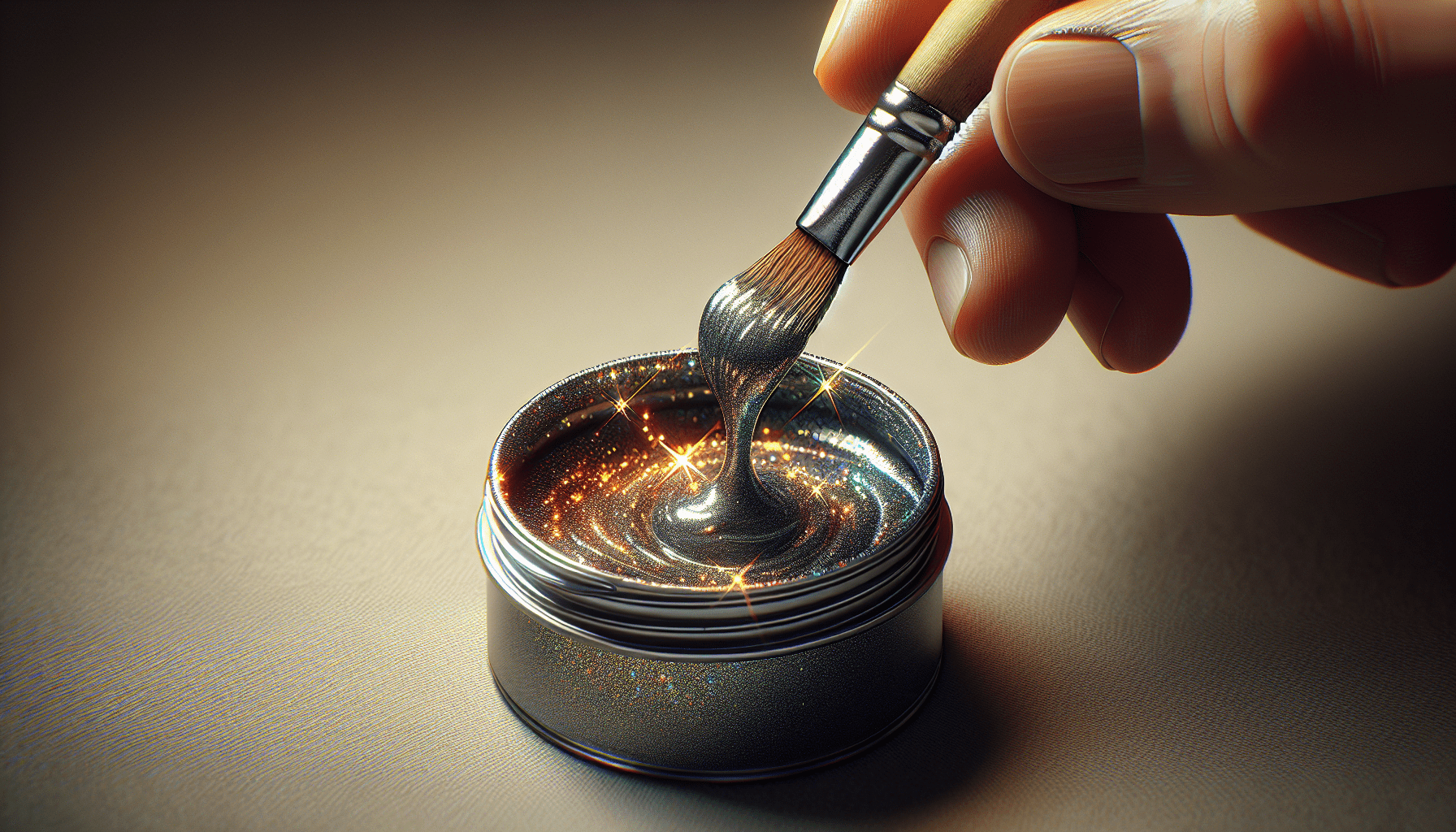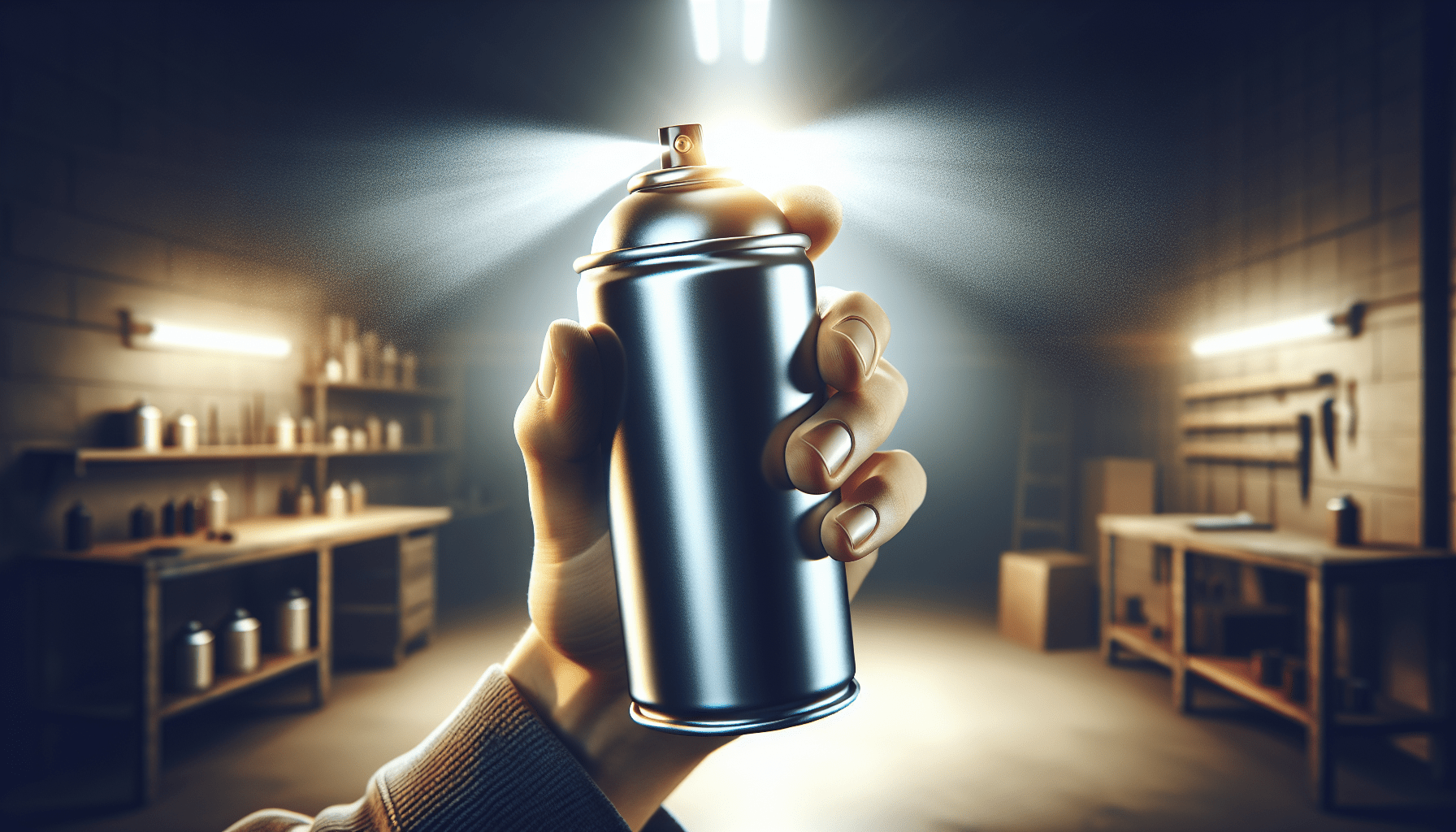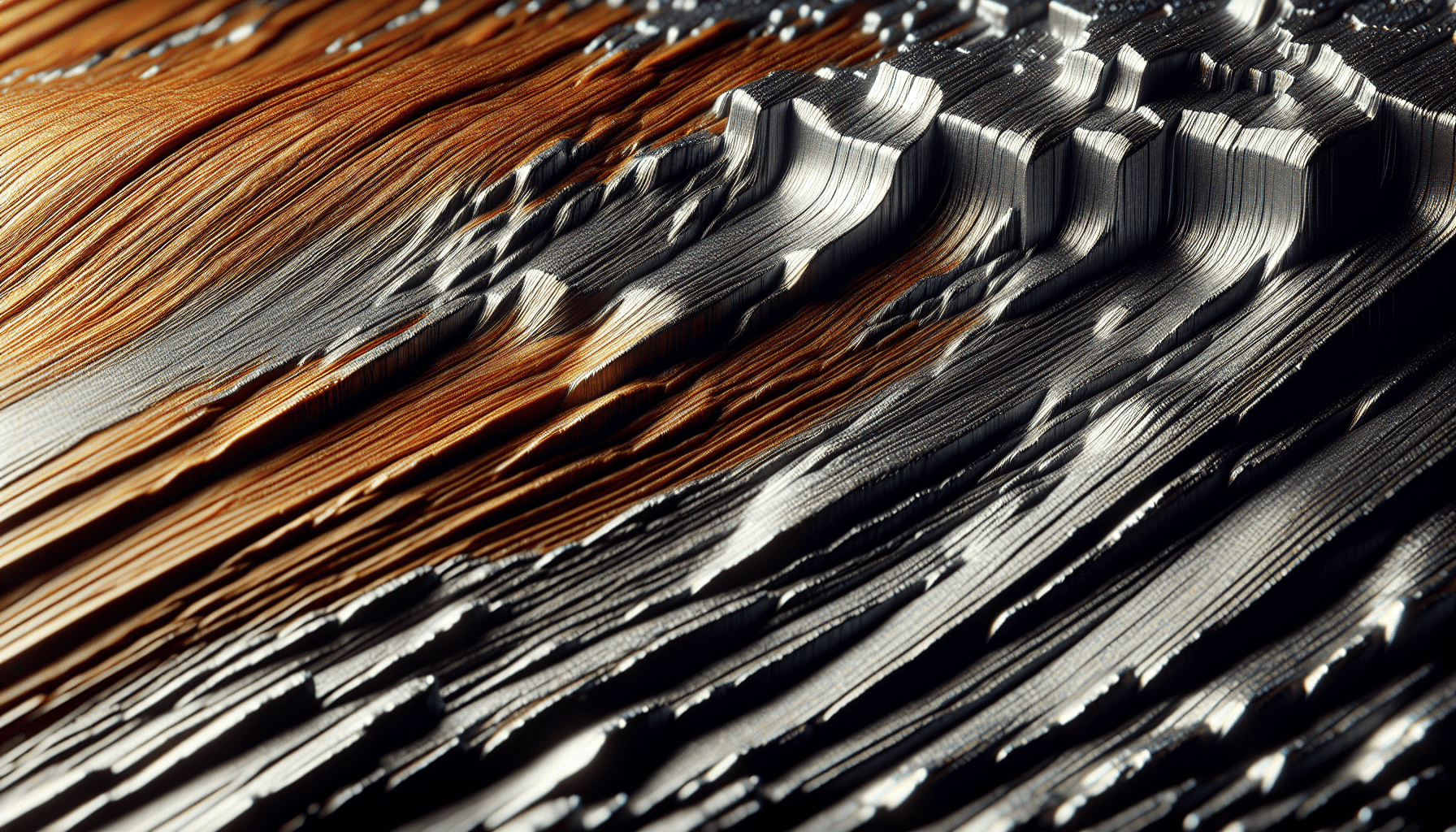Do you thin down metallic paint? This question often arises among painters, craft enthusiasts, and DIYers. When working with metallic paint, achieving the ideal consistency and finish can be challenging, and understanding whether or not to thin the paint can make a significant difference in your final result.
Understanding Metallic Paint
Before diving into the specifics of thinning metallic paint, it’s essential to understand what metallic paint is and why it behaves differently from other types of paint.
What is Metallic Paint?
Metallic paint, often referred to as metal-flake or aluminum paint, contains tiny reflective particles that give it a shimmering, metallic appearance. These paints are commonly used in automotive finishes, furniture, and decorative arts to create a lustrous, eye-catching look. The reflective particles can be metal flakes, aluminum, or other materials ground into fine pieces.
Components of Metallic Paint
- Binder: The component that holds the pigment and particles together and provides adhesion to the surface.
- Pigment: Provides color and opacity to the paint.
- Metallic Particles: Reflective materials that give the paint its shimmering effect.
- Solvent: Helps maintain the paint’s consistency and evaporates as the paint dries, leaving behind a solid film.
Understanding these components helps you recognize why thinning might be needed to achieve a perfect finish.
Why Would You Thin Down Metallic Paint?
Thinning down metallic paint involves adding a solvent or reducer to the paint to decrease its viscosity. This process can be necessary or advantageous for several reasons:
Improved Flow and Leveling
Thicker paint can be challenging to apply evenly, leading to brush marks and an uneven finish. Thinning the paint can improve its flow and leveling, making it easier to achieve a smooth surface.
Better Atomization in Spray Guns
If you’re using a spray gun, unthinned paint might clog the gun or result in spattering. Thinning the paint ensures better atomization, leading to a finer and more even spray pattern.
Enhanced Adhesion
Thinner paint can penetrate the substrate more effectively, promoting better adhesion. This is particularly important for metallic paints since poor adhesion can lead to chipping or peeling over time.
Achieving Desired Finish
Sometimes the desired finish requires a specific paint consistency. For instance, attaining a high-gloss metallic finish might necessitate a thinner paint consistency.
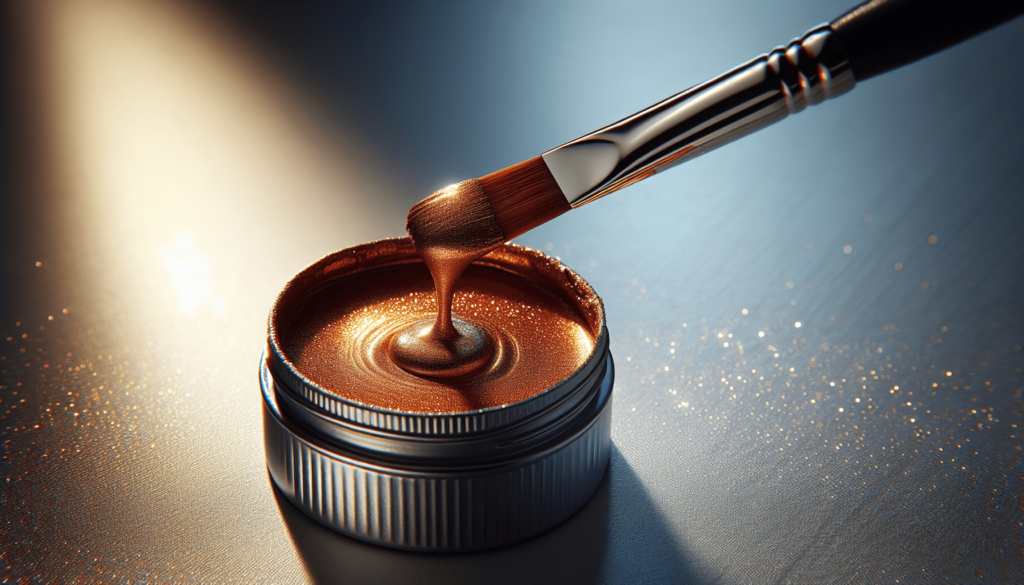
Types of Solvents and Thinners
Choosing the right solvent or thinner for your metallic paint is crucial since the wrong choice can adversely affect the paint’s finish and performance.
Common Solvents/Thinners
| Type of Solvent | Usage with Metallic Paint |
|---|---|
| Water | Water-based metallic paints |
| Mineral Spirits | Oil-based metallic paints |
| Turpentine | Oil-based and enamel paints |
| Acetone | Quick-drying projects |
| Lacquer Thinner | Automotive and industrial paint |
Different brands and types of metallic paint may require specific thinners. Always refer to the paint manufacturer’s recommendations.
How to Thin Down Metallic Paint
Thinning metallic paint involves certain steps to ensure that the integrity of the paint is not compromised.
Step-by-Step Process
- Prepare Your Work Area: Ensure that your workspace is well-ventilated and dust-free. Use protective gear such as gloves and masks.
- Read Manufacturer’s Instructions: Always start by reading the instructions provided by the paint manufacturer.
- Select the Appropriate Thinner: Use the thinner recommended for your specific type of paint.
- Mix a Small Test Batch: Before thinning the entire amount, mix a small batch to test the consistency and required thinner proportion.
- Measure Paint and Thinner: Use a mixing cup to measure the exact amounts of paint and thinner.
- Mix Thoroughly: Stir the mixture thoroughly to ensure a consistent blend.
- Test the Paint: Apply the thinned paint on a scrap piece to see if it provides the desired finish.
- Adjust if Necessary: If the paint is still too thick, add more thinner incrementally and retest.
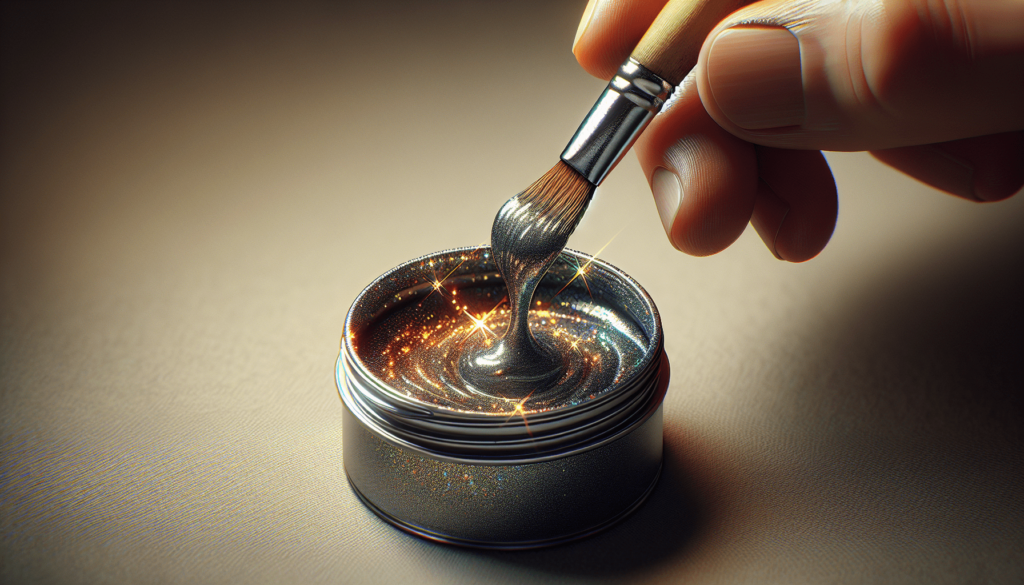
Factors to Consider When Thinning Metallic Paint
Several factors can influence how much thinning is required or if it is needed at all.
Type of Surface
The surface you are painting on can affect how much you should thin your metallic paint. Porous surfaces might absorb more of the paint, requiring less thinning, while hard, non-porous surfaces might benefit from a thinner paint application for better adhesion.
Application Method
Whether you use a brush, roller, or spray gun can determine the necessity and degree of thinning. Sprayers generally require a thinner consistency compared to brushes or rollers.
| Application Method | Ideal Viscosity |
|---|---|
| Brush | Medium to thick |
| Roller | Medium to thick |
| Spray Gun | Thin to medium |
Climate and Environmental Conditions
Temperature and humidity can impact how paint behaves during application and drying. High temperatures might require more thinning as paint can thicken quickly, while in cooler conditions, less thinning might be necessary.
Desired Finish
The type of finish you are aiming for (e.g., glossy, matte) can influence the amount of thinner needed. Glossy finishes often require fine, evenly sprayed coats, which may necessitate a thinner paint mixture.
Common Mistakes and How to Avoid Them
Thinning metallic paint improperly can lead to unsatisfactory results. Here are some common mistakes and how to avoid them:
Over-Thinning
Too much thinner can weaken the paint’s binding properties, leading to poor adhesion and durability.
Solution: Always start by mixing a small test batch and incrementally add thinner as needed.
Inconsistent Mixing
Poorly mixed paint can result in an uneven finish, with some areas drying flatter or glossier than others.
Solution: Ensure thorough and consistent mixing of the paint and thinner.
Ignoring Manufacturer Guidelines
Using the wrong type or amount of thinner can ruin the paint’s intended properties.
Solution: Always follow the manufacturer’s instructions regarding the type and amount of thinner.
Inadequate Surface Preparation
Even perfectly thinned paint won’t adhere well to an improperly prepared surface.
Solution: Clean and prep the surface thoroughly before painting.
Practical Tips for Using Thinned Metallic Paint
Successfully using thinned metallic paint involves a combination of the right techniques and tools.
Using a Spray Gun
- Correct Nozzle Size: Use a nozzle size suitable for metallic paint, typically between 1.2 mm to 1.4 mm.
- Adjust Gun Settings: Set the pressure and flow according to the paint manufacturer’s recommendations.
- Consistent Movement: Maintain a consistent speed and distance from the surface to ensure even coverage.
Brush and Roller Techniques
- Quality Brushes and Rollers: Invest in high-quality brushes and rollers designed for use with metallic paint.
- Thin Layers: Apply thin layers of paint, allowing each coat to dry completely before adding the next.
- Minimize Over-Brushing: Over-brushing can disturb the metallic particles, leading to an uneven appearance.
Environmental Control
- Optimal Conditions: Paint in a controlled environment with stable temperature and humidity levels.
- Dust Control: Minimize dust and contaminants in your workspace to avoid blemishes on the paint surface.
Conclusion
Thinning down metallic paint can be beneficial for achieving a smooth, even, and professional-looking finish. By understanding the reasons for thinning, selecting the appropriate solvents, and following best practices, you can enhance the performance and appearance of your metallic paint projects. Always remember to test your mixture on a small scale first to ensure you get the desired results without compromising the paint’s integrity.
